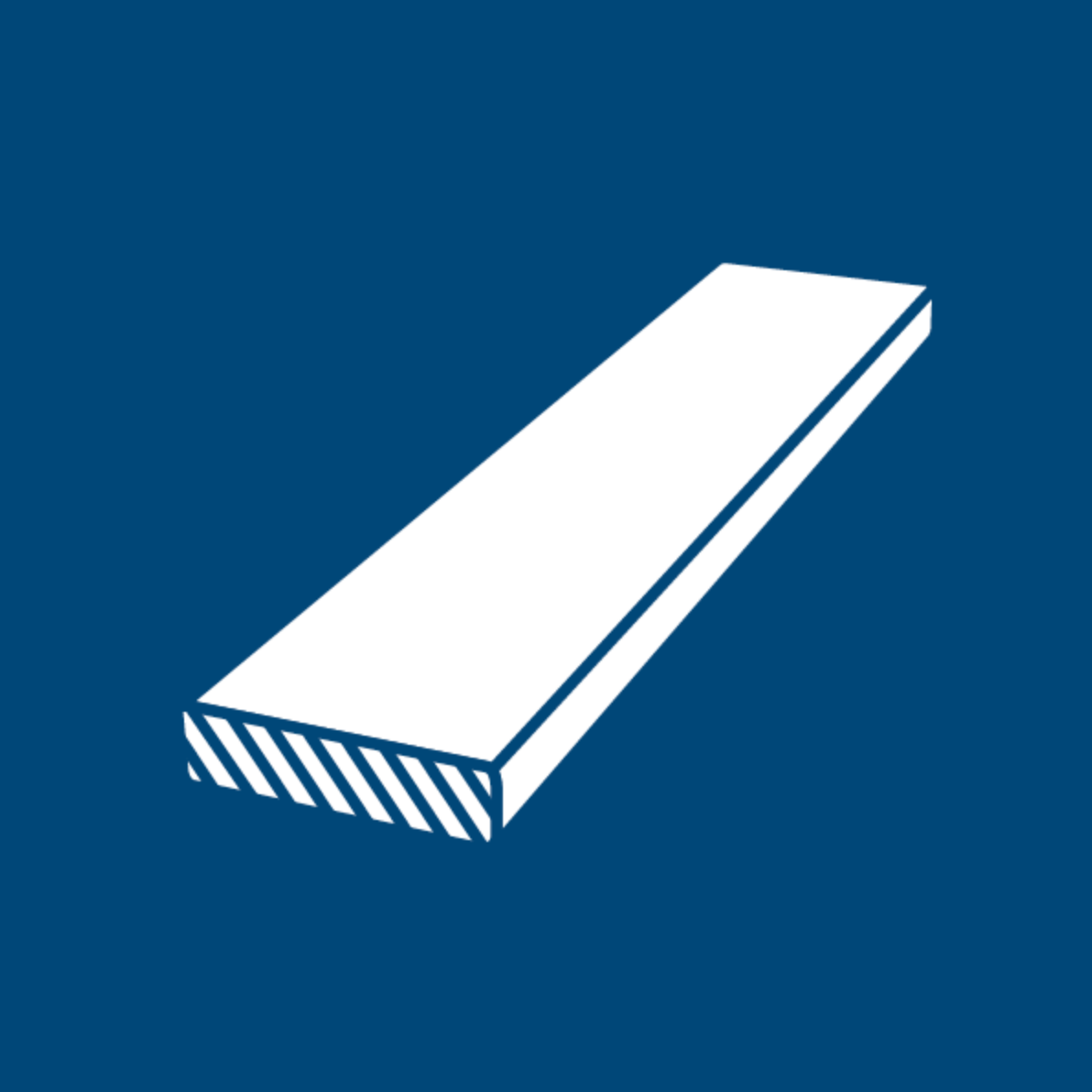
Construction waste
Sort your construction waste already where it is generated.
According to the Construction Act, construction waste must be sorted. Reuse is also important whenever possible. Batches of sorted construction waste under 2 m³ can be delivered to a waste reception station, while larger loads must be brought to Stormossen’s waste centre. Well-sorted waste enables better recovery and also saves money for the customer, as unsorted waste is more expensive.
Sort the construction waste by these waste types:
Sort separately:
- clean wood waste: untreated planks and boards, pallets
- wood from demolition: painted planks and boards, chipboards
- impregnated wood is sorted separately from other wood
All metal objects, for example rebars, pipes, taps, tools, nails, empty paint cans, and other metal goods and scraps.
Clean concrete waste is divided into two fractions: small and large concrete pieces. Small pieces must have side lengths under one metre. Clean concrete pieces with side lengths over one metre are considered large concrete waste.
The following may be included in clean concrete waste:
- concrete
- concrete blocks
- pieces of mortar
- lightweight concrete
The following may be included in clean brick waste:
- fired bricks and sand-lime bricks
- roof tiles
- fire bricks
- ceramic sauna stones
- clinker tiles
- tiles
- sinks and toilets (toilet seats and sink faucets must be removed → plastics to mixed waste and metals to metal collection)
Bricks may contain masonry mortar.
Concrete waste containing impurities such as insulation materials, plastic buckets, metal barrels, Styrofoam, mortar bags, etc., does not belong in clean concrete waste.
Note! Concrete dust must be disposed of as hazardous waste!
Only clean drywall (gypsum board) is accepted for drywall collection. Drywall is considered clean if it contains:
- a small amount of fasteners (screws, nails)
- a cardboard surface
- small amounts of filler or joint compound
Clean drywall waste must not contain:
- plastic
- wood (→ to wood waste)
- metal (exception: individual screws)
- mineral wool
- wallpaper
- tiles (→ to concrete collection)
- non-combustible insulation or other foreign materials
Other dirty drywall should be sorted as mixed waste.
The following soil masses must be sorted separately from each other; clean soil masses, oily soil masses, and other contaminated soil masses. Contaminated soil masses must always be analysed before delivery. Read the detailed instructions in Finnish here.
We accept stones with a maximum diameter of 30 cm.
Tree stumps are sorted separately in the garden waste collection.
Corrugated cardboard and cardboard packages. Rivets and tape may remain.
Pay attention when handling hazardous waste. For example accumulators, batteries, fluorescent lamps, energy-saving lamps, paint and glue residue, varnishes, mould oil, silicon and urethane packagings, impregnated wood, concrete and grout powder are hazardous waste.
All broken electric power tools and household appliances as well as all electrical and electronical items are sorted as electrical waste.
Impregnated wood is hazardous waste and is sorted separately.
Waste containing asbestos dust and fibres are classed as hazardous waste, which requires special treatment. Asbestos must be delivered in tightly sealed packaging separately from any other waste. Mark the package with “asbestos”. Roofing felt is classified as asbestos, and an asbestos survey report is required to prove that the roofing felt is asbestos-free.
The insulation container is for mineral wool, glass wool, and fiberglass only.
Windows and flat glass are sorted separately.
For example gloves, dried brushes and rollers, styrox, plastic (not PVC), paper, mixed cleaning and sweeping waste that contains pieces of wood, wire stumps, bits of polyurethane etc.
The South Ostrobothnia Centre for Economic Development, Transport, and the Environment (ELY Centre) has prepared instructions concerning the demolition or renovation of properties as well as the handling and sorting of demolition waste. Read the instructions here (only in Finnish).
All waste types